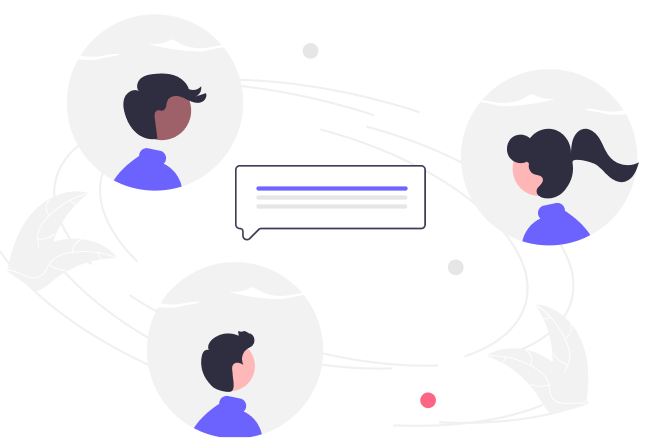This course introduces the Go programming language, commonly referred to as Golang, which is recognized for its efficiency, strong concurrency mechanisms, and ease of use. It covers Go’s syntax, control structures, data types, and interfaces, along with its unique features like goroutines for concurrent tasks, channels for inter-goroutine communication, and the defer, panic, and recover pattern for error handling. Participants learn how to set up a Go development environment, understand the Go workspace, manage dependencies, and write robust, efficient, and readable Go code. The course also highlights Go’s standard library, testing practices, and the creation of documentation. By the end of the course, learners are capable of building command-line tools, simple web servers, and are prepared to delve into more complex projects using Go.

Overview
- 2 Sections
- 22 Lessons
- 3h Duration
Go Basics
14 Lessons
Making the Billing App
8 Lessons
Free
Course Includes
- Install Go and set up the environment
- Write a basic Go program
- Declare variables and strings in Go
- Perform string formatting and printing
- Manage arrays and slices
- Utilize the Go standard library
- Implement loops in Go
- Use booleans and conditionals
- Define and call functions
- Handle multiple return values
- Understand package scope in Go
- Work with maps in Go
- Understand pass by value in Go
- Use pointers in Go


